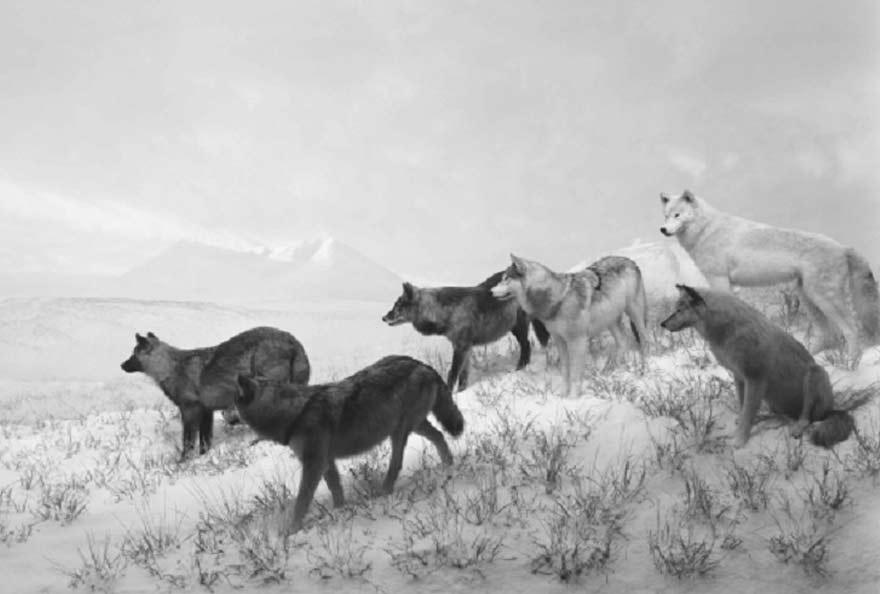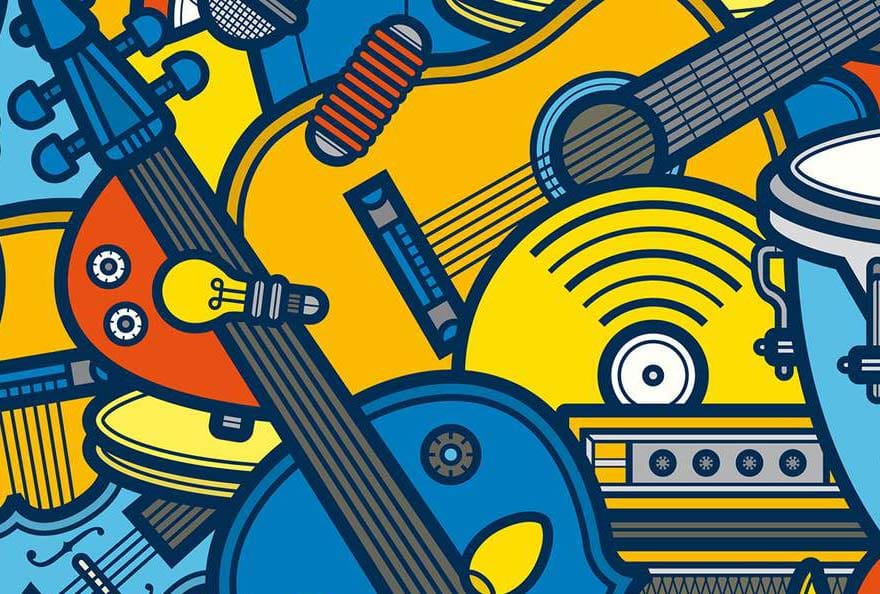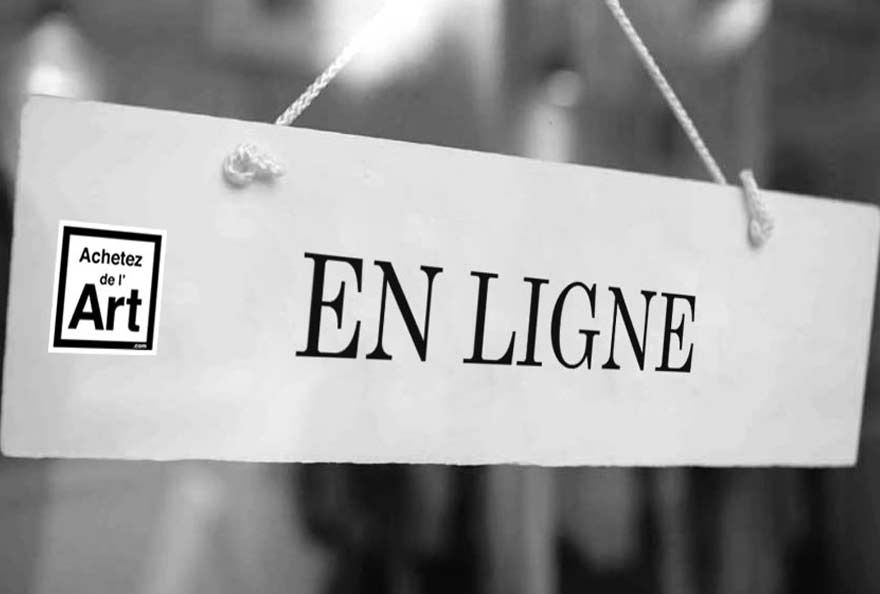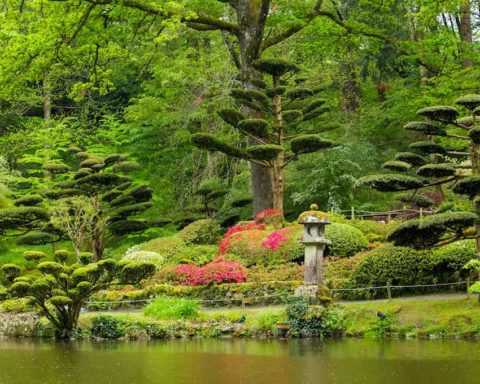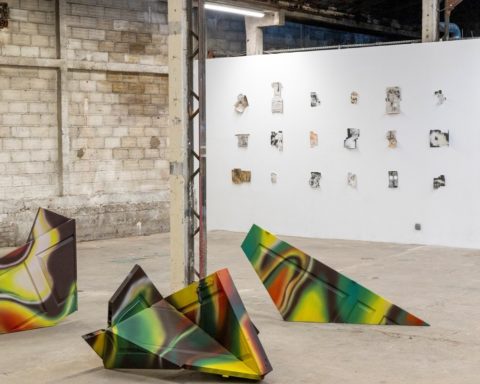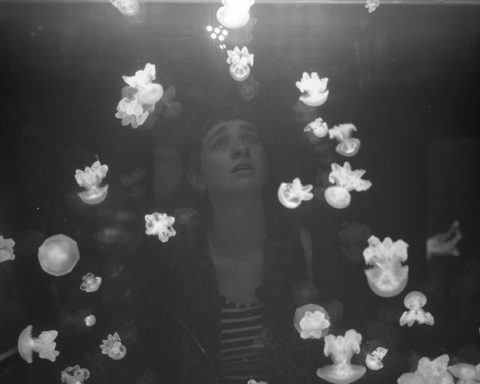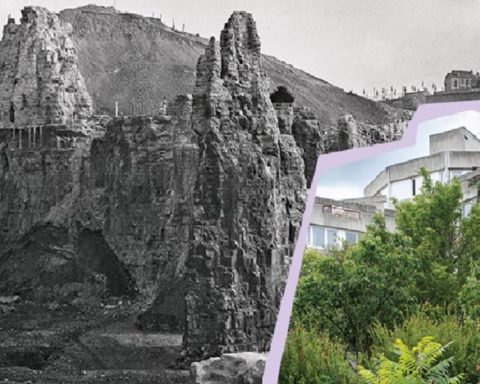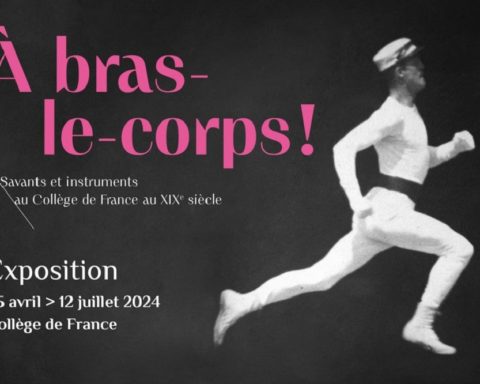The Cartier Foundation has just opened its new exhibition The Great Orchestra of Animals. The exhibition features birds of paradise on courtship parade, photographic snapshots of animals taken from life, soundscapes featuring whale calls, insect squeaks, and monkey chatter. Subtle images of plankton representing 98% of the organic mass of the oceans cause a dazzling effect where beauty mingles with loss. The sound and visual emotions are poignant: will this teeming living world still be there tomorrow?
L’idea is Bernie Krause's. The 78-year-old American musician wanted to bring artists together with the help of scientists to convey "the disappearing voices of nature". For almost fifty years, the bioacoustician has been archiving the songs, cries and vibrations of the living world. Today he has nearly five thousand hours of sound recordings in which some fifteen thousand wild animals express themselves. « It's likely that all the music that gives us pleasure and all the words that we say come, to some extent, from this collective voice. considers Bernie Krause. The impression of an essential and vital heritage.

Bernie Krause, Sugarloaf Ridge State Park, California, 2015
Photo: Ramin Rahimian
Into the wild voice
On the lower floor of the exhibition, visitors are immersed in the sonograms offered by Bernie Krauss, which visualize the recorded sounds in three dimensions (horizontal scans). Scroll through the names of the sounds and cries of perceived animals. crickets, gibbons, parakeets, wolves, frogs... The sensation is strangely soothing, as if the rustle of the animals had a reassuring effect. The connection through sounds is powerful since some use them to heal...Here visitors linger, lie down, meditate...
The mysterious harmony remains in the next room facing the photographs, Chronicles of Plankton, by biologist Christian Sardet. These images were taken during the expedition of the schooner Tara in the seas of the globe between 2009 and 2013. Transparency, elegance and delicacy emerge from the pictures, which are also used in a vast adjoining room to show the fluctuations between shapes and vibrations. The Japanese artist Shiro Takatani proposes the synchronized projection on nine screens of planktonic shapes that gradually break up into vibrant coloured lines. These reductions of the image to its minimal component evoke the permanent redistribution of matter in living organisms.

Christian Sardet, Siphonophore Hippopodius hippopus, Bay of Villefranche-sur-Mer, France, 2011
25 mm © Christian Sardet and The Macronauts / Plankton Chronicles
The opportunity is ripe to invite the visitor to discover - at this moment, all hatches out - some data on the state of progress of the destruction of the ecosystems. The concise and implacable computer graphics were created by Bruce Albert, from the Institut de recherche pour le développement (IRD), Fabrice Dubertret, doctoral student at the Centre de recherche et de documentation des Amériques and François-Michel Le Tourneau (CNRS). Bernie Krause's testimony goes straight to the point: "Nearly 50% of the habitats in my archive are now so severely degraded, if not biophonically silent, that many of these once rich natural soundscapes can only be heard in this collection.
The voice of nature is dying
The same fragility is expressed on the ground floor with the vast fresco of the Chinese Cai Guo Qiang, made with explosive powder, which is ignited - in a short and controlled manner - during the manufacturing process. It is a gathering of mammals around a (white) water point. It is time to drink, but in an apocalyptic moment. For the waterhole is a vortex, a white void that sucks in everything around it and gives birth to a silent nothingness.

Cai Guo-Qiang, White Tone (detail), 2016
Gunpowder on paper
Collection of the artist. Cai Guo-Qiang
Tenderness is also in the air at Manabu Miyazaki, the great specialist in the visual capture of animals. The poet-photographer impresses us with his slide show. Animal trail (the animal path) that surprises a bear, a fox, a badger, or ... a tourist always on the same path, showing that we live with strange animals, often without knowing it. Another slideshow Death in Nature shows the slow, quiet covering of an animal skeleton by the snow. As if nature secretes the white shroud that puts the animal back into the ground. But the observer's eye does not forget the place of the deceased.

Manabu Miyazaki
A black bear plays with the camera, 2006
Color photography
Collection of the artist © Manabu Miyazaki
Humor is not absent from the exhibition and comes with the birds, brown gardener, superb menure, superb paradise man... who exhibit in amazing videos their exuberant finery. Bridal dances, wriggling, deployment of coloured collars, everything is good for the gallery... The scene takes place against a serious background with the Alaskan wolves camped in silver prints by Hiroshi Sugimoto. Animal orchestras painted by several Congolese artists (Pierre Bodo, JP Mika or Moke) show nested bodies and wild brass bands.
The exhibition is a great opportunity to feel how we are connected to the living world, to confront the perceptions of nature: protective mother in the Gaia way or blind logic? Gilles Bœuf, professor at the Pierre and Marie Curie University and scientific adviser to the Ministry of the Environment, Energy and the Sea has helped to make this exhibition an opportunity to "tell what happens to us". With Bernie Krause's sound universes, which are destroyed by human noise, something profound is transmitted, the sensation of the irreversible. We can then talk about the sixth extinction in progress: "Half of the species on Earth will be extinct before the end of the 21st century, if we continue the current destruction" according to the International Union for Conservation of Nature (IUCN). Let us not tire of keeping track of these findings by visiting the site where many of the "Five Interactive Scenarios" are accessible.
From July 2, 2016 to January 8, 2017 at the Cartier Foundation for Contemporary Art, 261 boulevard Raspail, 75014 Paris
Four nomadic evenings, one night of uncertainty on 20 October 2016 in connection with the exhibition.

Photo wolves: Hiroshi Sugimoto
Alaskan Wolves, 1994
Gelatin silver print,120 × 210 cm
Collection of the artist © Hiroshi Sugimoto

